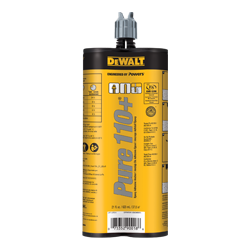Fasteners for Floor Mounted Electric Vehicle Chargers
As the United States grapples daily with the destruction caused by climate change, increasing gas prices and unstable geopolitical situations in petroleum producing regions, the transition to electric vehicles has been accelerating quickly. As we wrote in our article about fasteners for wall mounted EV chargers, the country will need thousands and thousands of new charging stations installed over the coming years to keep up with demand for electric vehicles.
While many of these new electric vehicle chargers will be installed in single family residential properties, another significant portion will be installed in multi-family housing developments, apartment buildings, shopping centers and other commercial locations. Whereas EV chargers installed into personal garages are likely to be wall mounted, charging stations installed in commercial locations are more likely to be floor mounted.
In the case of most floor mounted installations of electric vehicle chargers, the substrate they’ll be attached to will be some form of concrete. Specific fasteners for concrete will be needed for these applications, and Mudge Fasteners can provide the best concrete fasteners for EV charger installations.
One of the most popular concrete anchors is called a wedge anchor, also known as expansion anchors. These fasteners provide holding power by expanding when torqued down, and many are rated for cracked concrete - which is especially important when an electric vehicle charger is being installed into an older slab. Take caution to provide enough room for the expansion mechanism to happen, engineers typically call for six times the diameter of the anchor from the edge of concrete.
When there is not enough room for the expansion action of a wedge anchor, a screw anchor may be a better option. These will require a pre-drilled pilot hole (like a wedge anchor), and some are rated for cracked concrete as well.
The last option is to use what’s known as a chemical anchor, or epoxy anchor, with threaded rod. In this scenario, the installer will drill a hole just larger than the diameter of the threaded rod, fill it will chemical anchoring material, and then set the threaded rod into the hole. From there, the EV charger can be installed over the threaded rod with standard nuts and washers.
Remember, these are general guidelines and are not based on site- or product-specific engineering, so make sure to follow the manufacturers’ instructions for installation. If you need help finding fasteners for your floor mounted electric vehicle charging stations, contact Mudge Fasteners at (800) 634-0406.



